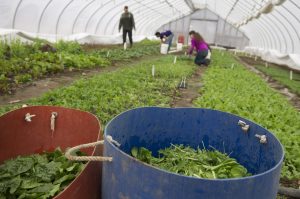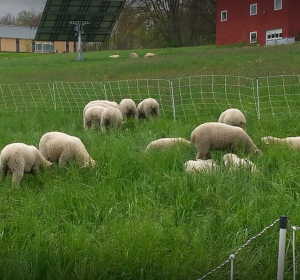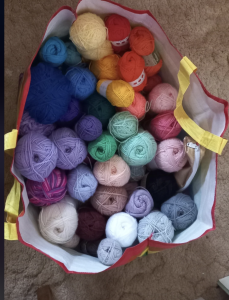Every three weeks I throw an empty pack of birth control pills in the trash. From this an archaeologist would probably assume a few things right away: that I am sexual active and probably straight. Neither of these things are true but because they are the main purposes of this refuse, they are easy assumptions to make. The fact that these pills only have three weeks instead of four might drive them into more accurate information. It would be interesting to see if there have been any strides made in afab reproductive health, to see if maybe upon further inspection they would know exactly why I take them and think how primitive our science is and there is something 1000 that is much more affective than disrupting natural bodily function. In that case they would be able to tell that in this post roe era there is very little being done to protect women and afab bodies. I hope they would think it is foolish how we treat half a species as disposable. Even if I don’t use birth control for its intended purpose, I think they would know that as afab bodies it is easier to guess because the actual diagnosis process is extremely invasive because no one is doing the research to find an easier and less invasive way of doing it. I hope they know that I throw the pack away while there is a sign outside my dorm telling people not to let doctors gaslight them into thinking there isn’t a problem. I hope that when they see three empty line of pills that there was a problem and I hope they have fixed it by then.







